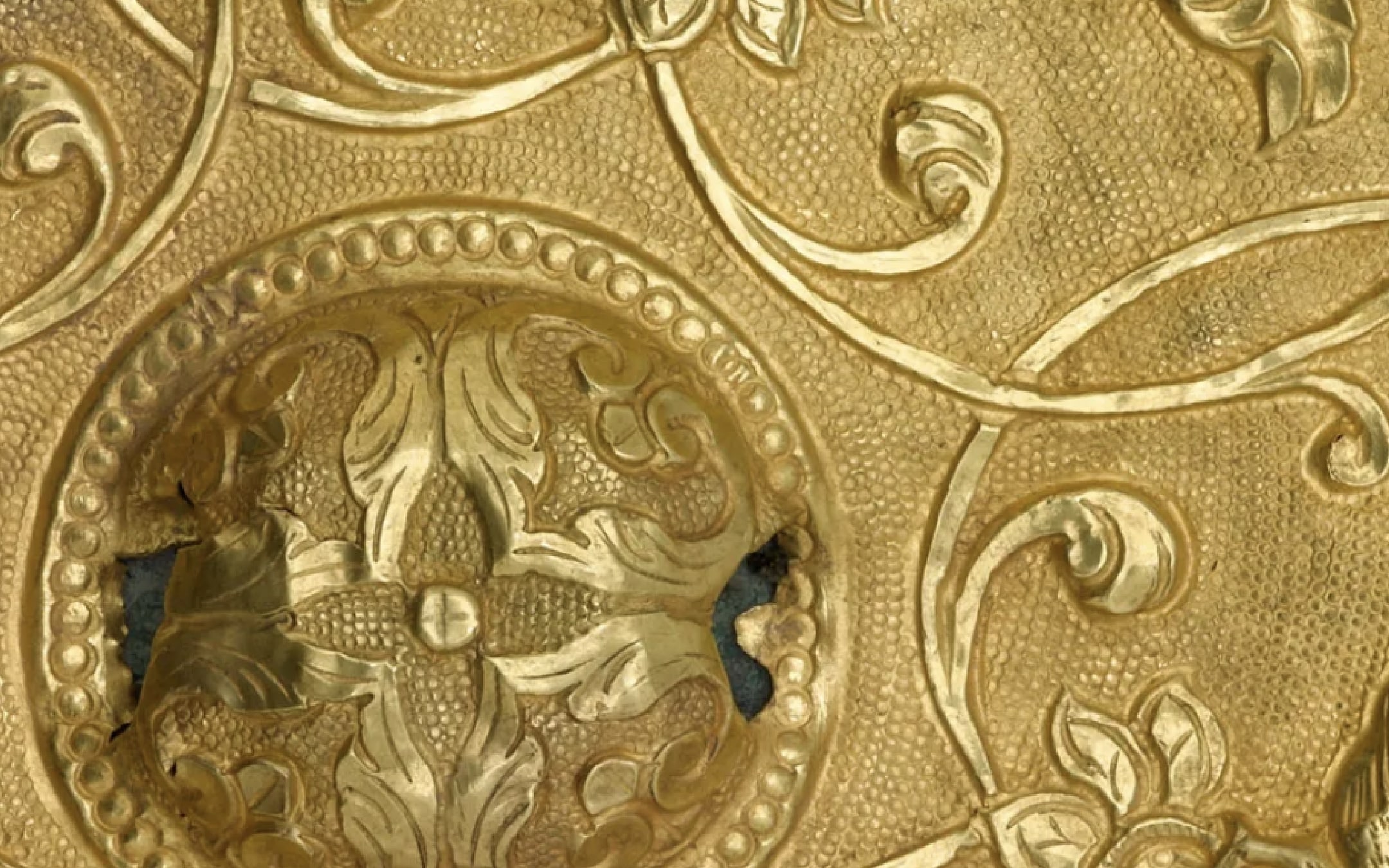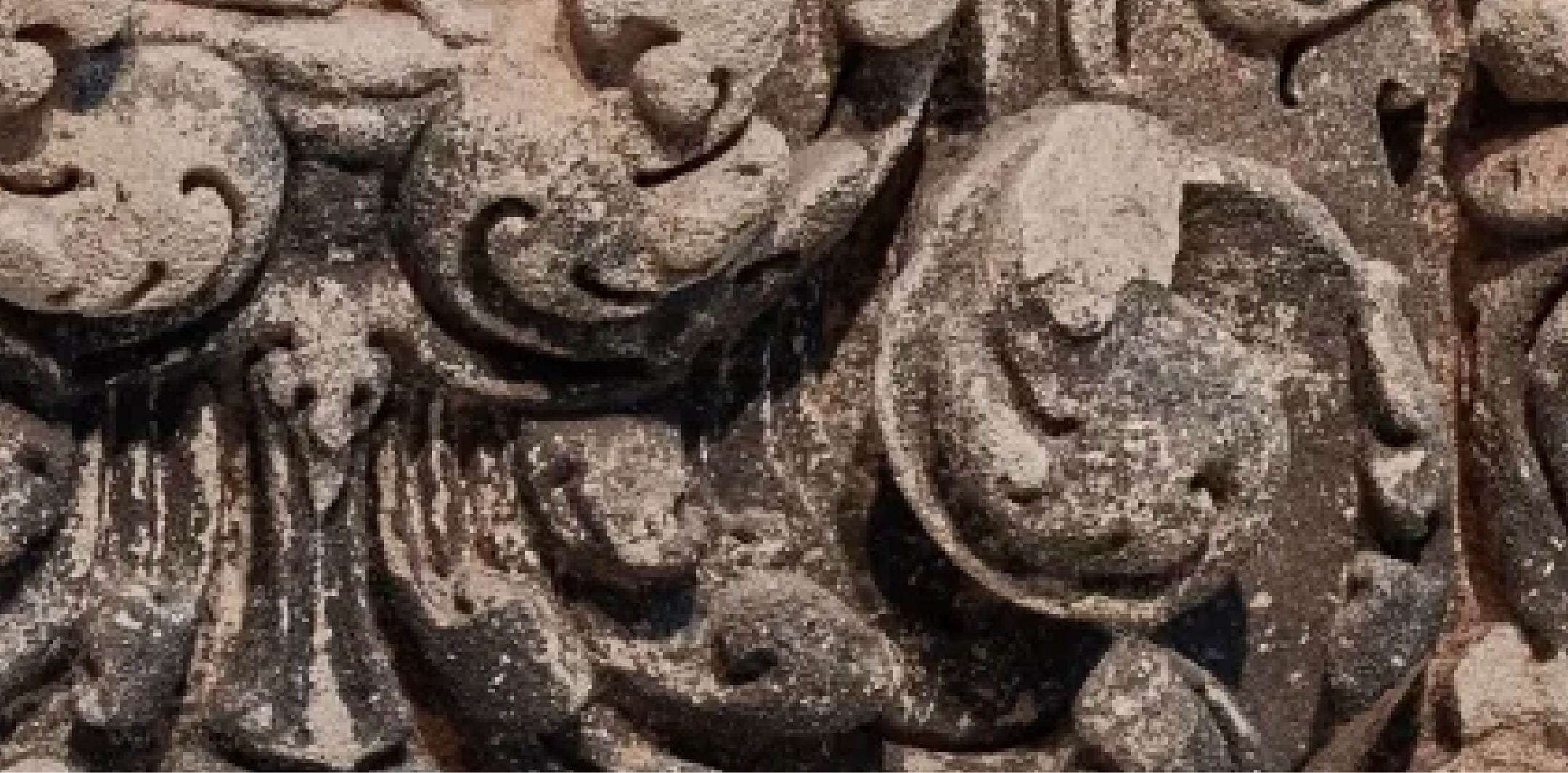Gender can be considered a factor in the work of all artists.
Many of the artists featured in this section are women whose works are often excluded from discussions of modern art due to historical and ongoing systemic sexism. Japanese women artists were—and continue to be—discriminated against in their pursuit of professional and expressive opportunities. More women became involved with printmaking in the postwar era, concurrent with a greater expansion in women’s rights and a new wave in the women’s movement. The establishment of the Joryū Hanga Kyōkai (Women’s Print Association) in 1956 was an important development in this history. The association provided a crucial exhibition platform for women printmakers, and the group exhibited together until 1965.
This section focuses on how gender has been visualized in Japanese prints. As this resource grows, we hope to consider the multifaceted ways conceptions of gender have influenced modern and contemporary Japanese printmaking practices.





